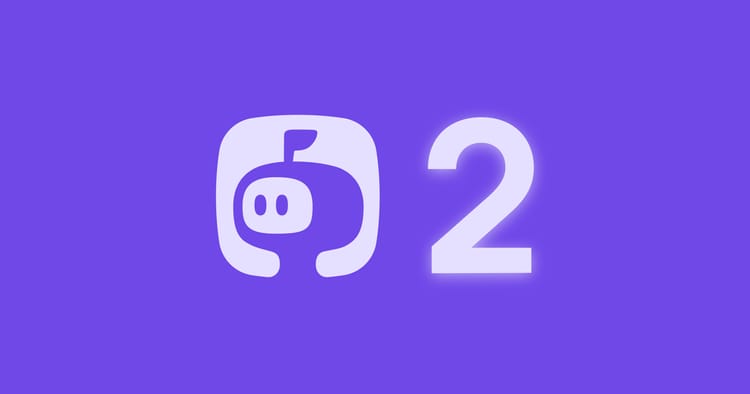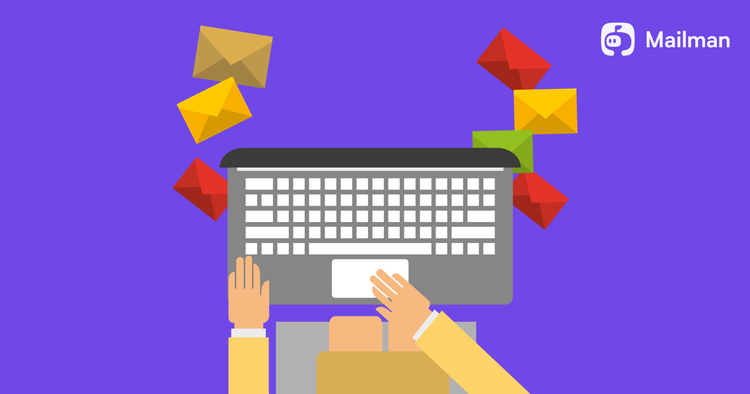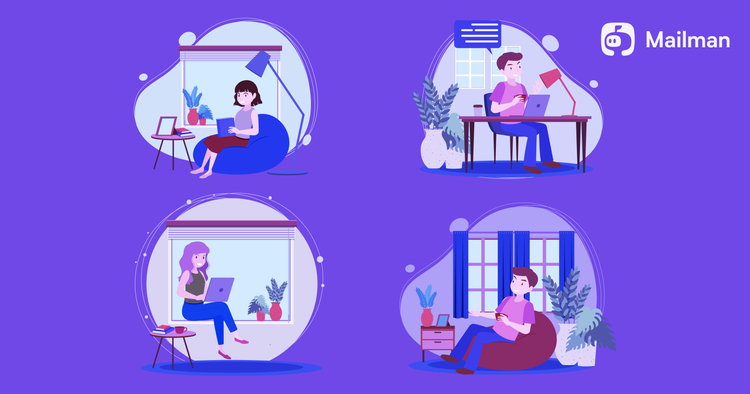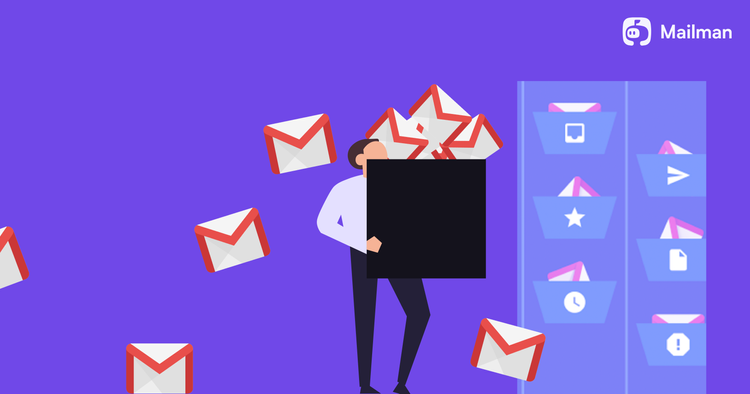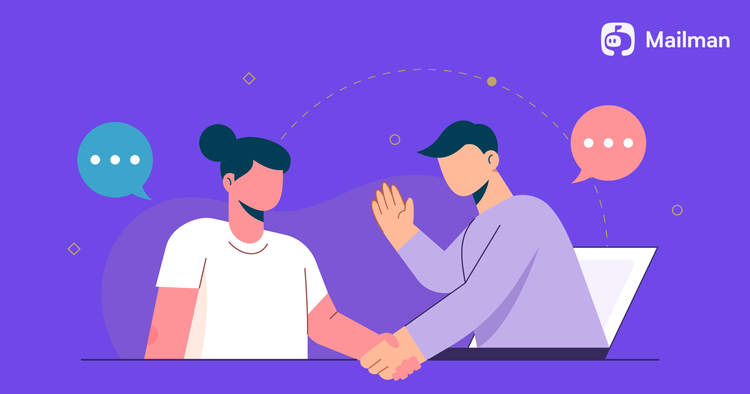How to stop multitasking?
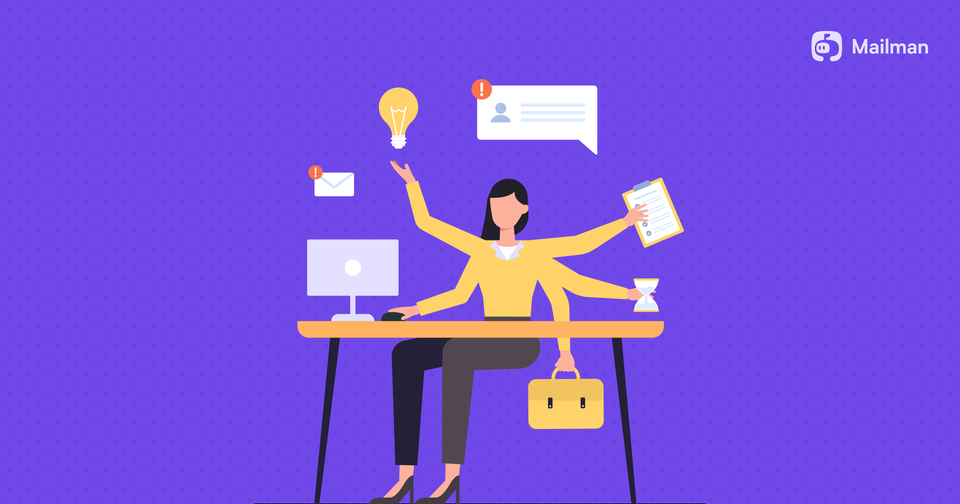
Multitasking is a powerful and addictive drug.
You reply to an email while writing your brief, preparing a presentation, and scrolling social media sites. You think of yourself as a superhuman who gets everything done all at once. Except you’re not.
MIT neuroscientist Earl Miller explains why. “Switching from task to task, you think you’re actually paying attention to everything around you at the same time. But you’re actually not. You’re not paying attention to one or two things simultaneously, but switching between them very rapidly.”
This gives you an illusion of productivity - only to realize later that you have achieved nothing. Research even shows task switching makes us less efficient and more likely to make a mistake.
The good news is that you can stop multitasking by following a few tips.
8 Tips to Stop Multitasking
1. Plan your tasks based on priority levels
If you don’t plan your tasks, others will control your day. They will delegate tasks and distract you from what’s important to you.
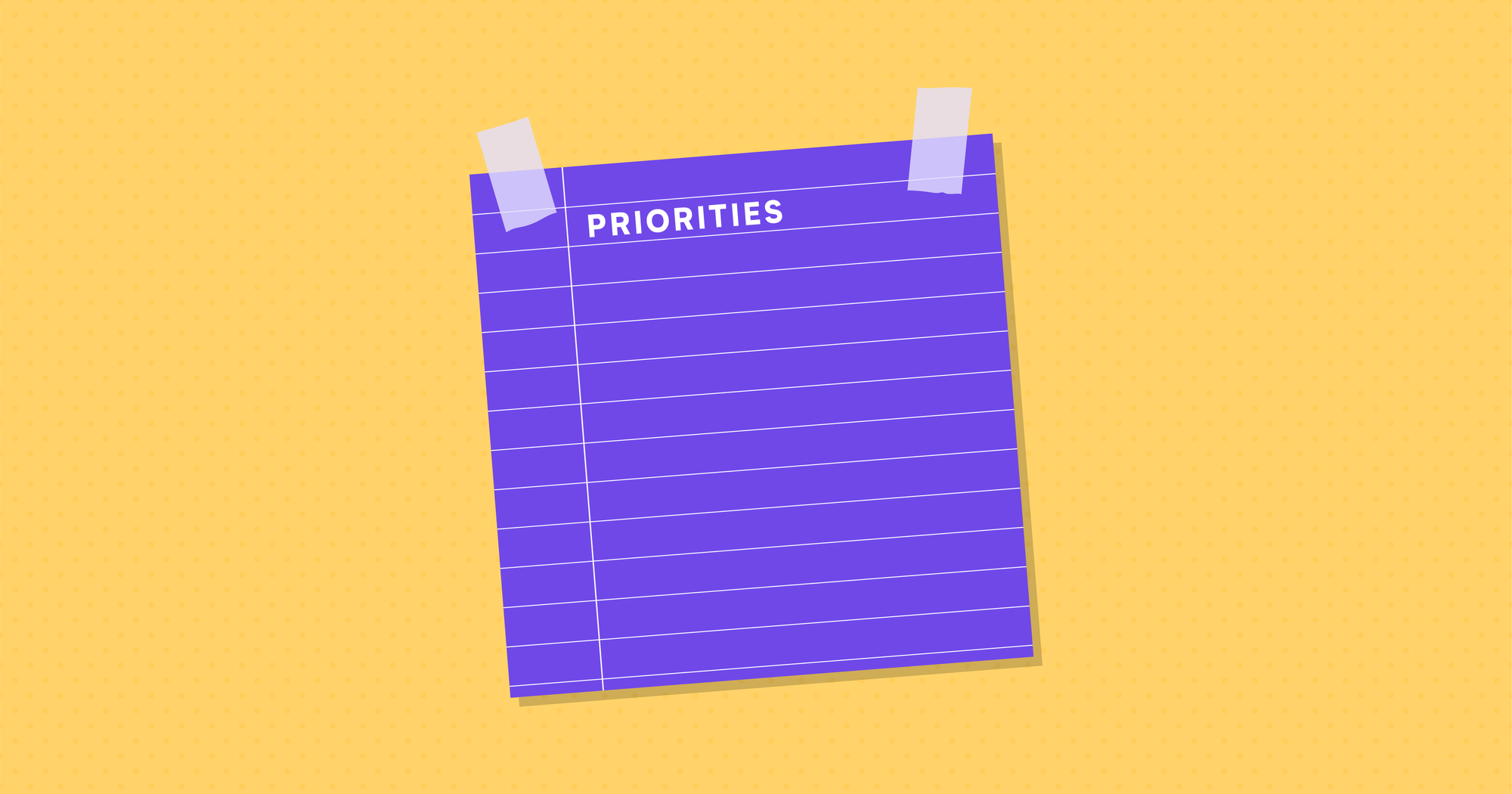
So plan your day the previous night. Create a list of essential tasks you need to do tomorrow. Rank them based on priority. This will help your brain remember what you need to accomplish and prepare itself for deep work.
2. Create a distraction-free workspace
Your work environment dictates your productivity levels. If you have a couch near your workspace, it will trigger laziness. A snack packet can lead to procrastination.
But, if you only have a table and a laptop, you’ll have no option other than to focus on your work. It’s why it’s important to have only the bare minimum (laptop, chair, table, and other necessary essentials) in your workspace.
Remove sofa, snacks, and other distractions. Clean and organize your workspace.
Pro Tip:
a) If you have more than one file on your desk (other than what you need for your current work), you’ll be tempted to check them now and then. You might even pick them up and persuade yourself to those other tasks. So, you must remove everything from your desk other than what’s needed to complete your present task.
b) Turn your phone off when you’re working. Or best, don’t keep your phone on your work desk.
3. Work when you feel the most productive
Multitasking is often a sign of laziness. When you’re physically and mentally tired, you’ll find reasons to jump between tasks. In the end, you won’t get anything done.
So schedule your work according to your energy levels. If you’re productive during the mornings, do the most important tasks during that time. If you’re a night person, work during that time. Or if you’re a person whose energy levels fluctuate between the mornings and nights, schedule your tasks accordingly.
The goal should be to work when you’re motivated to, not when you’re exhausted.
4. Use your workspace only for your work
In the office, you had a dedicated space which you used only for work. Your brain was wired to postpone other menial tasks and focus only on the present work. This helped you avoid multitasking your personal tasks while at the office.
But, the same is not true for remote workers. Many working from home don’t have a fixed place to work. You hop from your room to the kitchen to anywhere where you can work. This means continuous switching between household tasks and office work.
The solution is to create a home office which you use only for work. Ensure no one is allowed near the space and no work other than the office’s is done over there. Ask your family members to discuss household work only when you’re outside your workspace.
Because if you book tickets as well as do your work from your workspace, it will tempt you to indulge in other multitasking. But, if you use your workspace only for your work, it will condition your brain to focus on your present work.
5. Use tools to avoid distractions
a) One email reply can turn into a never-ending conversation and shift your attention to other tasks. Use Mailman to pause emails when you’re doing focused work. Mailman will deliver emails only when you set it to do it.
b) Use Freedom to block distracting websites and apps, so you’re focused on your current work, and aren’t disturbed by social media notifications.
c) Use HazeOver to focus on one thing at a time. It highlights an active window that you’re working on. The rest fade away in the background.
6. Learn to say 'no'
Oftentimes, you’re multitasking because you do other’s tasks that you don’t have time for. You say “yes” to everyone’s ask, which leaves your work unfinished.
So, learn to say no. Understand that you have limited time and energy. If you keep on agreeing to every request, when will you complete your tasks? If saying yes will affect your work, say no.
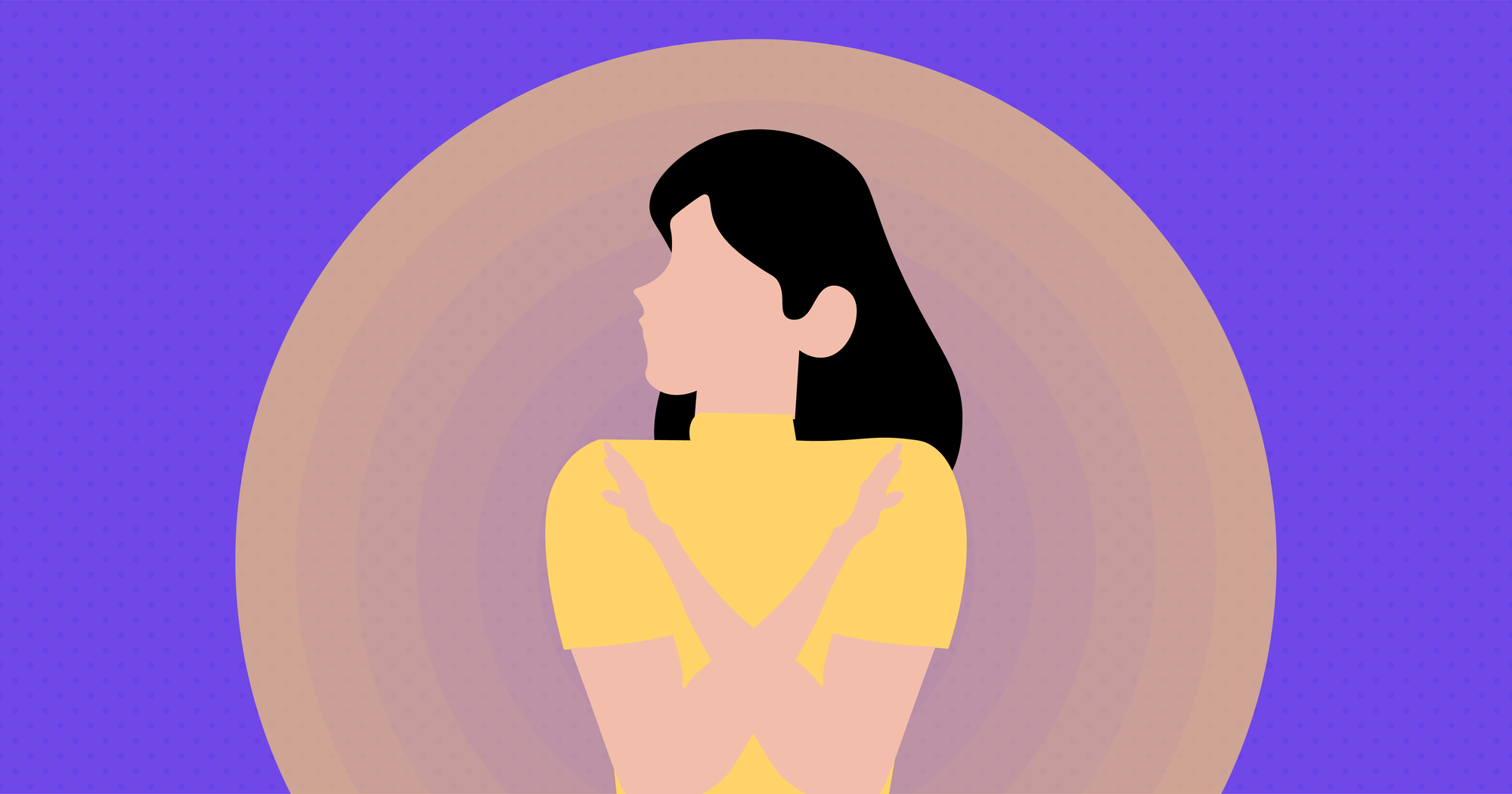
No need to dive into details; a simple no with 2-3 lines of explanation about your work priorities is enough.
7. Create shorter deadlines
Parkinson’s law states that work expands to fill the time allotted for its completion. If you give yourself 4 hours to do a job, you’ll complete it in 4 hours. But, if you give yourself 2 hours to do the same work, you’ll complete it in 2 hours. This has been my case every time, and I use this advantage to avoid multitasking.
Even Peter Bregman, CEO of Bregman Partners, vouches for creating shorter deadlines. “Use your loss of patience to your advantage. Create unrealistically short deadlines. Cut all meetings in half. Give yourself a third of the time you think you need to accomplish something.
There’s nothing like a deadline to keep things moving. And when things are moving fast, we can’t help but focus on them. How many people run a race while texting? If you really have only 30 minutes to finish a presentation you thought would take an hour, are you really going to answer an interrupting call?
Interestingly, because multitasking is so stressful, single-tasking to meet a tight deadline will actually reduce your stress. In other words, giving yourself less time to do things could make you more productive and relaxed.”
8. Rest
If you squeeze every second of your working hours, you’ll feel exhausted, and your brain will compensate for the tiredness by diverting your focus between tasks. So it’s better to take intentional rests than to multitask, which leads to mediocre output.
That means:
a) Get enough sleep (6-7 hours).
b) Adopt the Pomodoro technique
c) Rest when you need to clear your mind.
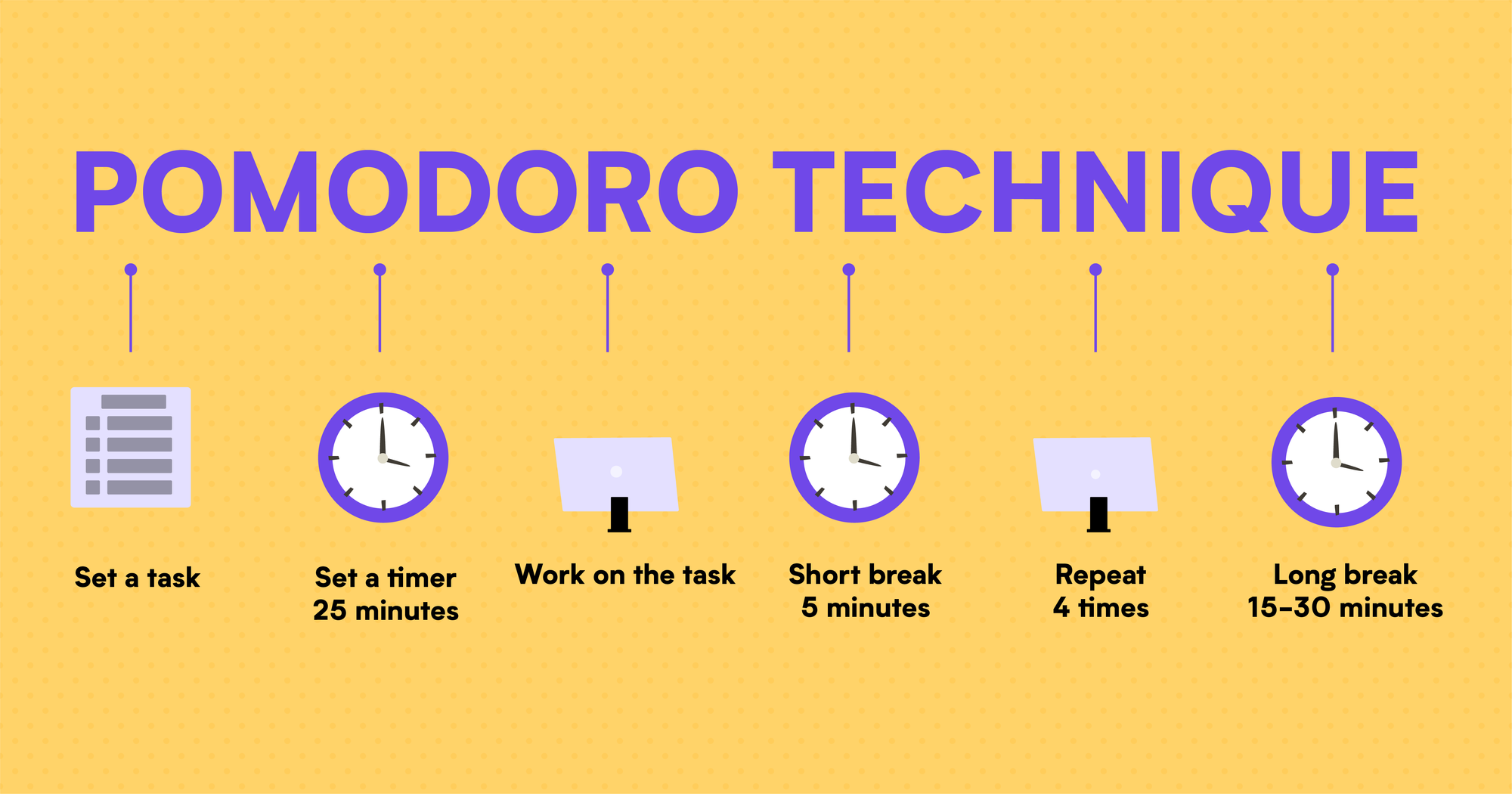
Avoid multitasking to get work done faster and better
It’s easy to fall for multitasking and get a sense of false productivity. But, in reality, multitasking drops our productivity by 40%. Other problems include increased distractibility, chronic stress, and less efficiency.
So be aware of your multitasking habits. Ensure that you don’t fall for it. Focus on the present work and move on to the second only when you have finished the current one. Use the above guide to get started.

